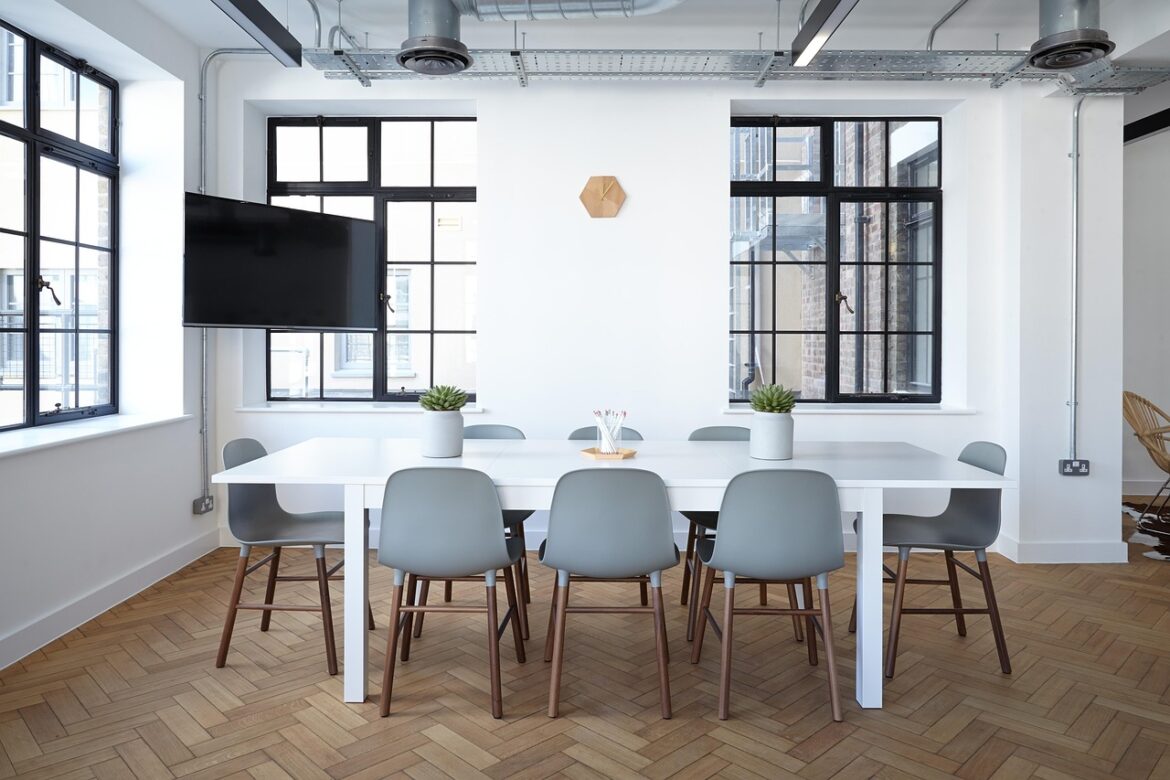Introduction to Real Estate Team Collaboration in 2025
Navigating the dynamic landscape of real estate in 2025 requires more than just understanding market trends; it involves leveraging the power of team collaboration. Whether it’s embracing cutting-edge technology, fostering communal spaces, or adopting flexible work environments, the way teams collaborate is evolving rapidly. Here’s a look at some of the top trends shaping the future of real estate collaboration today.
Trend 1: Hybrid Workspaces Become Integral to Collaboration
Hybrid workspaces are revolutionizing how teams interact. By combining in-office work with remote collaboration, businesses are optimizing their workflows to enhance creativity and productivity. This model addresses challenges in maintaining team cohesion and collaboration while providing employees with the flexibility they crave. For instance, hybrid workspaces allow strategic meetings and team-building activities in person while still offering flexibility for those who prefer working remotely.
Practical Example: JLL’s Embrace of Hybrid Workspaces
JLL is a company that’s actively embracing hybrid work models. By integrating AI and advanced technology into its workspace design, JLL is creating work environments that adapt to the evolving needs of its workforce, promoting better collaboration and employee satisfaction.
Trend 2: People-Centric Design Fosters Collaboration
People-centric design is now a cornerstone of real estate. The focus is on creating spaces that promote wellbeing, social interaction, and unique experiences. This shifts the emphasis from mere functionality to emotional engagement, making collaboration more effortless and enjoyable. For example, retail spaces are being reimagined as community hubs, fostering social connections among users.
Trend 3: AI Enhances Team Productivity and Decision Making
AI is transforming the way teams work in real estate by automating tasks, predicting market trends, and enhancing decision making. Tools powered by AI can streamline communication, manage leases, predict maintenance needs, and even optimize rental prices based on market data. This not only saves time but also reduces errors, allowing teams to focus on more strategic tasks.
Real-World Implementation: AI in Predictive Maintenance
A company like Ascendix Tech uses AI to predict when maintenance is needed, ensuring properties are always well-maintained and maximizing efficiency for property managers. This proactive approach saves resources and improves overall team productivity.
Trend 4: Mixed-Use Developments Facilitate Multifaceted Collaboration
Mixed-use developments are becoming increasingly popular, combining residential, commercial, and recreational spaces. These projects support diverse collaboration opportunities—whether it’s between residents, businesses, or community groups—by allowing them to interact in shared environments. This blend of different uses fosters innovative ideas and closer-knit communities.
Trend 5: Virtual and Augmented Reality for Immersive Collaboration
Finally, Virtual Reality (VR) and Augmented Reality (AR) technologies are changing how teams collaborate remotely. They enable immersive interactions, making virtual meetings feel more like real-life sessions. Industries that require detailed visualizations or hands-on training are particularly benefiting from these tools. Virtual tours of properties are also becoming more common, allowing potential clients to explore spaces from anywhere in the world.
Practical Use Case: Design Team Collaboration
A global design team can collaborate in a shared virtual space using VR, brainstorming and discussing projects as if they were all in the same room. This technology is bridging gaps in remote collaboration and making teamwork feel more connected。
Conclusion
In conclusion, team collaboration in the real estate industry is poised for remarkable advancements in 2025. By embracing emerging technologies and innovative workspace designs, companies can foster more effective and harmonious collaboration among their teams. This not only enhances productivity but also contributes to building stronger, more successful organizations.
References:
- https://resimpli.com/blog/real-estate-marketing-statistics/
- https://www.jll.co.uk/en/trends-and-insights/research/2025-outlook-on-global-design-trends
- https://www.theworkaddress.com/blog/key-trends-shaping-commercial-real-estate-in-2025
- https://www.chicagobusiness.com/crains-content-studio/commercial-real-estate-2025-trends
- https://www.splashtop.com/blog/remote-work-trends-2025
- https://cloud.google.com/transform/101-real-world-generative-ai-use-cases-from-industry-leaders
- https://ascendixtech.com/digital-transformation-in-real-estate/
- https://www.huduser.gov/portal/portal/sites/default/files/pdf/University-Community-Partnerships-Current-Practices-Volume-II.pdf



